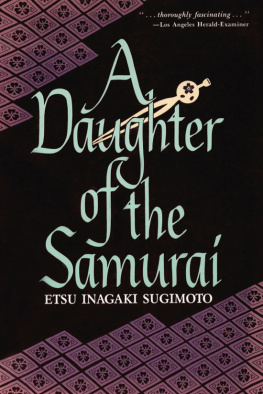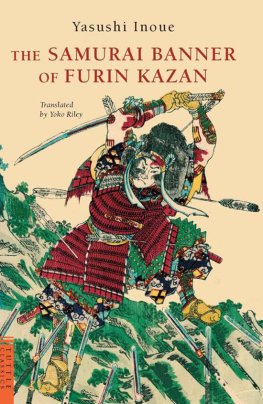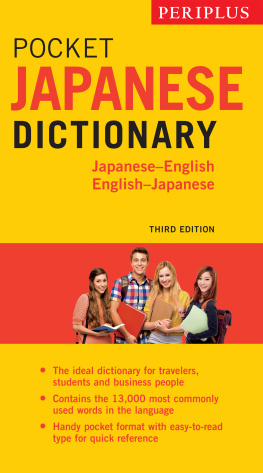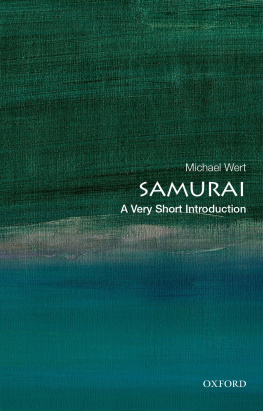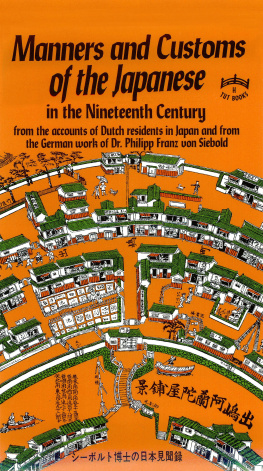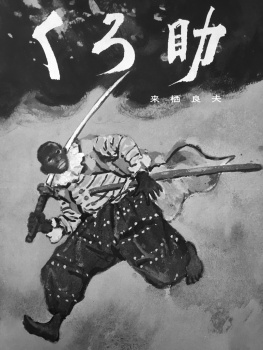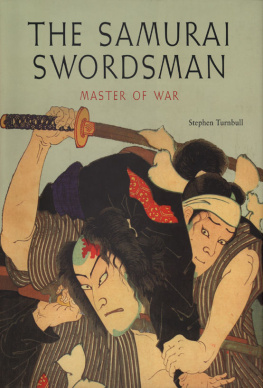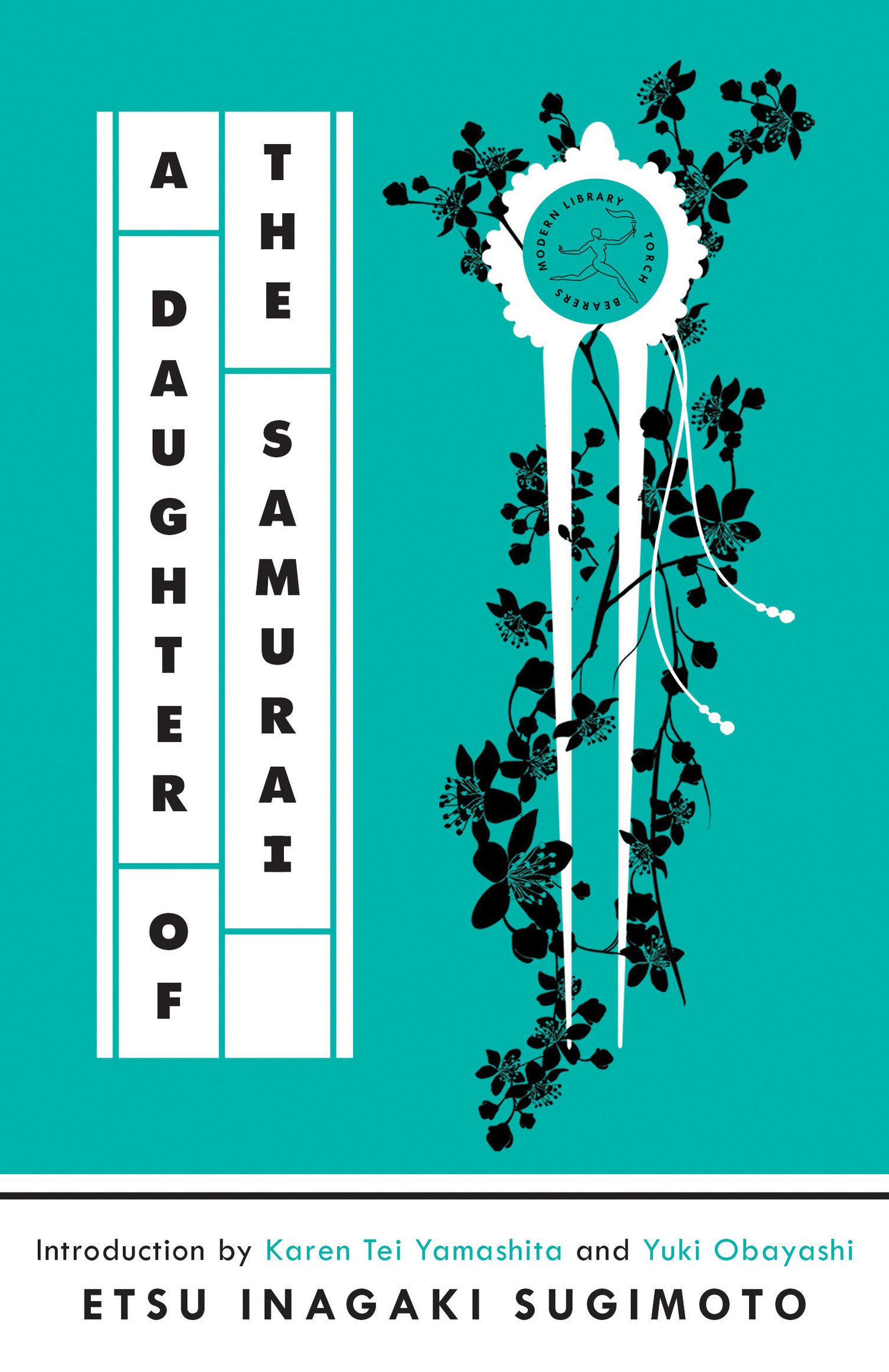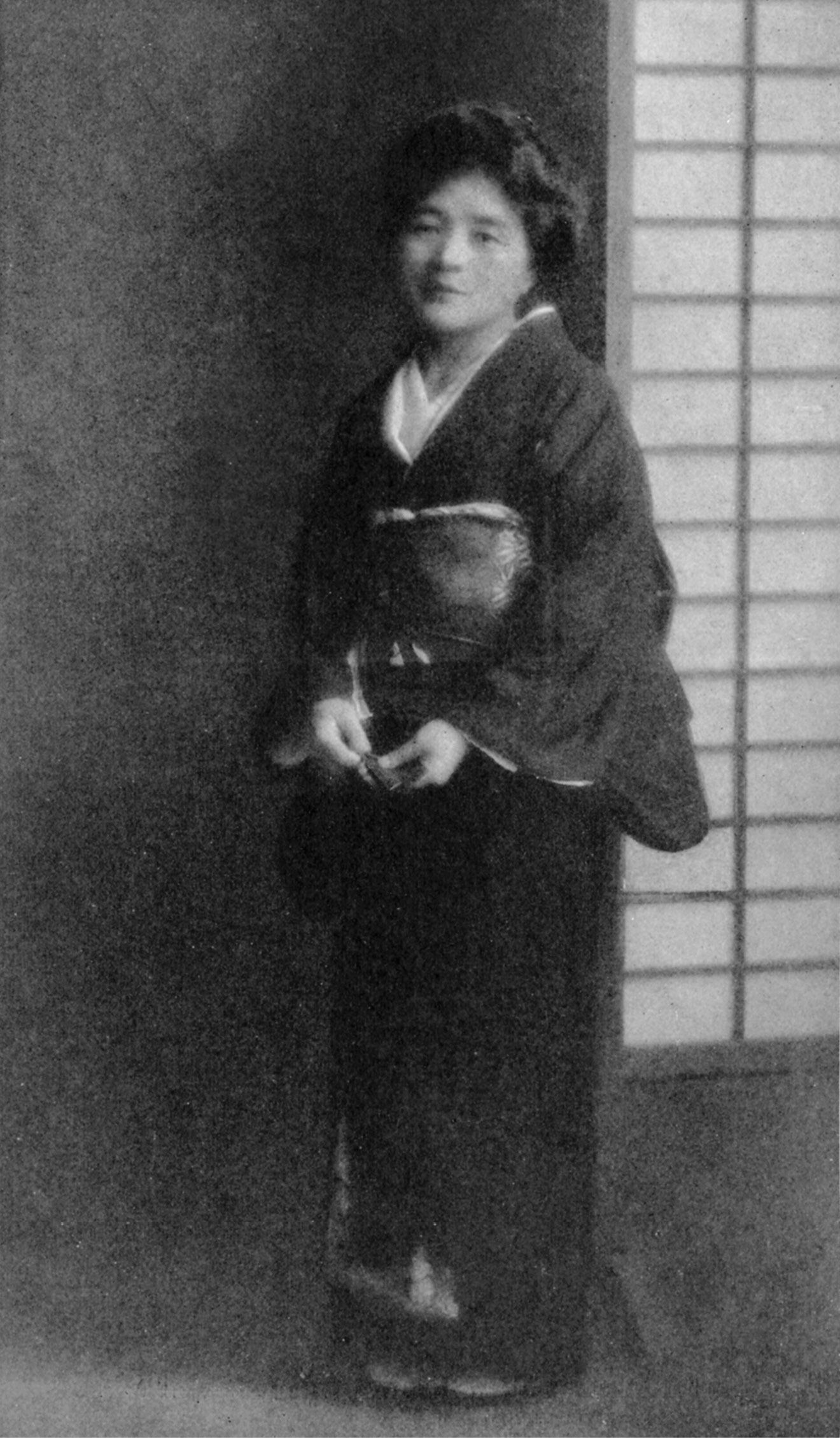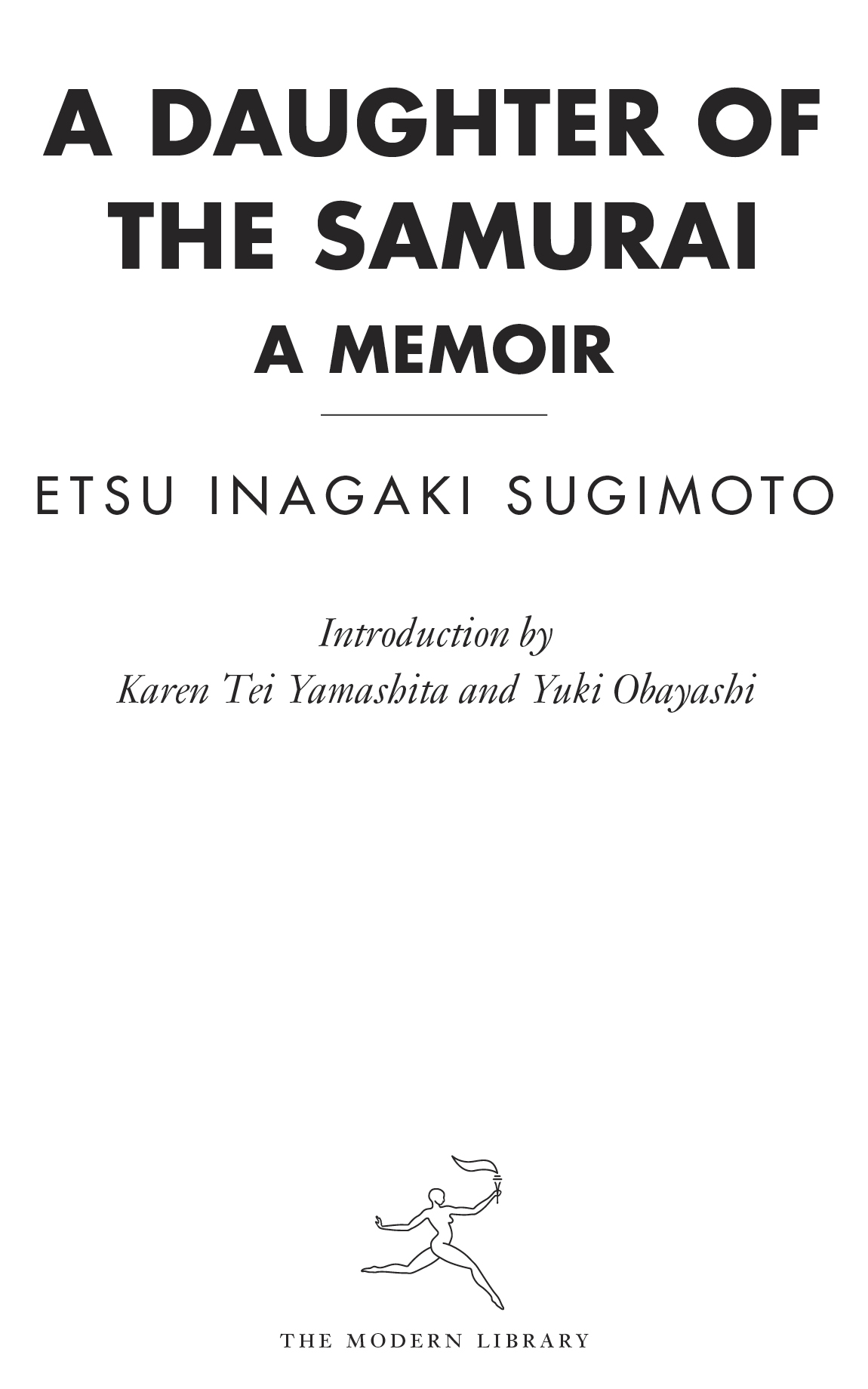All rights reserved.
Published in the United States by the Modern Library, an imprint of Random House, a division of Penguin Random House LLC, New York.
The Modern Library and the Torchbearer colophon are registered trademarks of Penguin Random House LLC.
INTRODUCTION
KAREN TEI YAMASHITA AND YUKI OBAYASHI
Dear Reader: In our introduction to Etsu Inagaki Sugimotos memoir, A Daughter of the Samurai, Yuki Obayashi and I have decided to share our thoughts and research as a conversation and collaboration between two readers.
Karen Tei Yamashita: Yuki, I invited you to read Etsu Sugimotos writing to help complete what, for me as an American sansei, are cultural and linguistic gaps. As I suspected, your reading in Japanese of her work and history have revealed a transnational vision of her life and times. I feel that your bilingual skills are crucial to further studies in Asian American literature. Did you also feel an affinity to Etsus writing?
Yuki Obayashi: Yes. I especially enjoy reading literature that gives me a sense of connection and solidarity. I first encountered Asian American literature as an undergraduate at Japan Womens University. Majoring in English, I felt lost, not understanding the canonical works because of the cultural distance. Introduced to Asian American literature, I felt an instant cultural and linguistic connection with the characters. When I read A Daughter of the Samurai, I had a similar feeling. I could relate to Etsu, who also began studying English in her teens and migrated to America for a new life.
KTY: I also feel a personal connection to this writing, as I am the granddaughter of women like Etsu Sugimoto, who arrived in America during the Meiji Restoration around the turn of the nineteenth century. Different from Etsu, who immigrated to Cincinnati and cultivated friends among upper-class white Americans, my grandmothers settled in Japanese enclaves in the San Francisco Bay Area. But, as Etsu tells the story of women of her era, I knew my grandmothers, similarly, as strong matriarchs who held their families together.
Its almost 125 years later, and here you are, Yuki, a scholar-teacher and a new immigrant, who, like Etsu and my grandmothers, has struck out on your own. I sense in you the same toughness of two worlds.
YO: Im not sure if I am tough like Etsu. But anyway, I moved to America to study Asian American literature; I could find better learning opportunities here than in Japan. You are a significant reason why I fell in love with this literature and decided to pursue my study in the United States.
Lets start by talking about the historical background of A Daughter of the Samurai. Etsu narrates how her father, a former samurai, was caught between two eras, the Edo Etsus family lived through hardships because the domain of Nagaoka, which her father served, allied with the shogunate, and its upper-class samurai subsequently lost their prestigious status during the Meiji Restoration.
Karen, how do you see Etsu as a Japanese immigrant to America in the early twentieth century?
KTY: Reading Etsus stories, I realize that to be a picture bride in the 1900s, traveling across the Pacific to marry a man known only in a photograph, was not so different from an arranged marriage, sending a daughter off to a distant village, in some cases never to return. A Japanese womans responsibility and loyalty was, at marriage, bound to her husband and to his family. This expectation had to make any young woman tough. One difference I know, from my immigrant grandmothers, is that they escaped living under the constant watch of their mother-in-laws, and because of this, I believe my grandmothers came into their own as women. Between 1908 and 1920, ten thousand Japanese picture brides arrived in America. These women, whether bound to become farmers or shopkeepers, were, like Etsu, part of a changing dynamic and a new era.
YO: But didnt these picture brides usually cross the Pacific together? I agree Etsu was a picture bride, but with a difference. Etsu spoke fluent English and had British guardians throughout her voyage, without contact with other picture brides. Although we can say that she was privileged in a way, she didnt have an opportunity to share her anxiety about marriage in a new country with Japanese confidantes.
When reading Sugimotos memoir and researching her biography, I thought about Japanese women who emerged as writers I see Etsu as a transnational figure between Japan and the United States. She not only introduced Japanese culture to Americans, but also became a successful writer at a time when Japanese women finally had the opportunities of education.
KTY: So Etsu Sugimoto was part of the late-nineteenth-century international movement for a New Woman, and, as a transnational figure, she was translator and interpreter. Your research revealed that, after returning to Japan, Etsu worked for a Japanese branch of the Womens Christian Temperance Union.
YO: Yes, in Tokyo she edited the English section of its newsletter, Womens Herald, and was an interpreter for American missionaries. She also taught English at a Quaker missionary school. Although I believe that Etsu worked at those jobs out of economic necessity, she consequently took part in bridging an understanding between the two countries through her English skills.
After A Daughter of the Samurai was translated into French (1930), Swedish (1934), German (1935), Danish (1937), Finnish (1937), and Polish (1937), I dont know if she was aware that the U.S. government systematically sent Japanese Americans on the West Coast to concentration camps at that time. But she also may have felt the urgency to humanize Americans whod become the enemy.
KTY: At the turn of the century, when Etsu first immigrated to America, she was certainly aware of orientalist stereotypes about Japanese women, imagined in the comedic staging of Gilbert and Sullivans The Mikado or the tragedy of Puccinis Madama Butterfly. While earlier fictional writing by the Canadian writer Winnifred Eaton, alias Onoto Watanna, and Yone Noguchi continued to play on the popular mythology of Japonisme, Sugimoto, in her writing, took these perceptions to task. Arriving to live in Cincinnati, likely the sole Japanese woman among educated and upper-class Americans there, Etsu found herself a curiosity and an ambassador, and was encouraged, or perhaps forced, to explain herself.
YO: In talking about A Daughter of the Samurai, we cannot ignore Etsus friendship with Florence Mills Wilson, a niece of Etsus American mother. Florence appears only briefly in the memoir, and its impossible to grasp their close friendship. In 1902, Florence accompanied Etsu and baby Hanano to Japan, where they stayed together in Etsus hometown, Nagaoka, for one year. When Matsuo picked up Etsu during his business trip to Japan the following year, Florence stayed, living with Etsus family for another year until the Russo-Japanese War broke out in 1904. From that time on, Etsu and Florence lived together in both Japan and America, in Cincinnati and in New York for Etsus daughters education, and again in Japan until Florence passed away in 1932.


